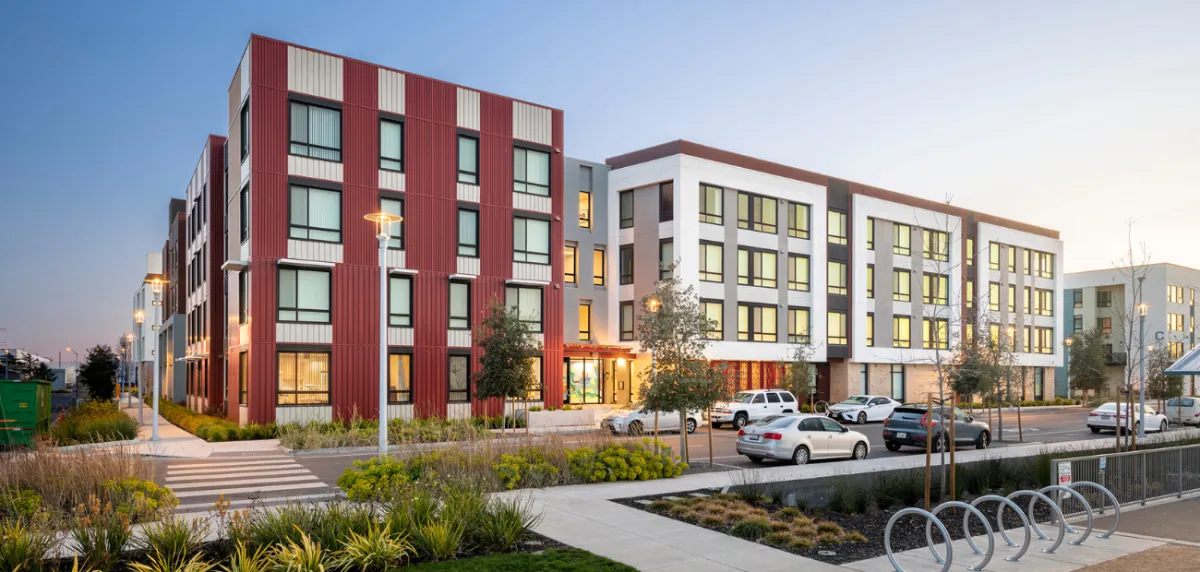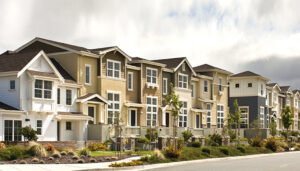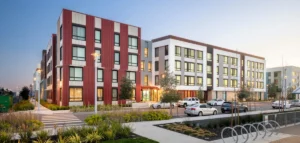
Whenever I acquire a property, my goal is to increase the value of the property. This is an important strategy because when I ultimately sell, I want to have maximum appreciation on the property after the hold period ends. Unlike single-family homes, whose values are significantly affected by the value of nearby homes, multifamily property value is directly related to the income the property produces: The higher the income, the higher price you can sell it at.
With multifamily properties, when you increase the net operating income (NOI), which is total income minus expenses, the value of your property increases. That’s because the value or price = NOI/capitalization rate. As you have no control over cap rate and you want your value to be as high as possible, you control your NOI by increasing income and lowering expenses.
There are many different ways that investors and syndicators drive up property values. I have some specific tactics that I use, which I’m happy to share with you. Each market is different, so I recommend doing additional research to understand whether these tactics will work for you in your particular market.
1. Execute Interior Renovations
I use a value-add strategy when buying properties, which provides the opportunity to increase rents as well as the NOI. Of course, there are a lot of analytics to review before considering a rent increase, including what competitors are charging, what the market can handle, a review of current tenant demographics as well as a variety of other factors. I’ll go into more detail on this later.
The best way to illustrate this is by example. Let’s say the current rent on a two-bedroom unit is $1,000. If you want to increase the rent to $1,200, that additional $200 is called the “premium.” The first question to ask is, “How much will I have to spend in order to justify a $200 premium?”
Having renovated many properties over the years, I’ve found that it takes anywhere from $2,500 to $7,500 per unit to justify a rent increase of between $100 and $250. When you have 100 or 200 or more units, that can add up to a significant amount of money, so do a lot of research before committing to a renovation.
I always have my property manager conduct a competitive analysis of similar properties within a one- to three-mile radius that are of similar age with similar amenities. Market analytics will come into play as well, as you want to make sure there’s sustained job and population growth to support the increased rents.
If the outcome of the analysis is positive, move forward with the renovation. I’ve found that the scope of the renovation should include faux wood flooring, black or stainless steel appliances, granite or resurfaced countertops, painted or new kitchen and bathroom cabinet doors and new plumbing and lighting. Some other additions can include two-inch blinds, new doors and constructing a wall to turn a two-bedroom into a three-bedroom unit, or a one-bedroom into a two-bedroom. Just make sure there is a demand for these renovated apartments.
Have your property management company oversee the work and bidding process. It generally takes 10 days to complete a renovation, so plan to do it as tenants leave and units become available. New tenants will be paying the higher rent.
2. Add New Amenities
There are some easy additions to the property that can help generate new income to the bottom line without spending a lot of money. You can offer tenants reserved parking for an additional $15 to $25 per month, and all it takes is having your maintenance personnel paint unit numbers on the spaces.
If you’re in a market where weather conditions affect vehicles, like Florida or Texas, you can offer covered parking for $30 to $50 per month, and the covered addition won’t be that expensive to install. I’ve added in-unit washers and dryers for an additional $30 to $50 and converted the laundry facility to an exercise room or dog wash station. All of this additional income goes to boosting the bottom line.
3. Implement RUBS
Another idea is to add RUBS, which is a ratio utility billing system in which each tenant pays a ratio of the property’s utility bill. It’s calculated based on the tenant’s utility usage and is often based on square footage, number of bedrooms or a combination of factors. By spreading the utility cost among tenants, you lower your monthly expenses significantly. The financial benefits of billing tenants for utilities can range from 60% to 90% savings on your monthly utility bill. Those savings will go directly to your bottom line.
Summary
Taking control of your NOI by lowering expenses and increasing income will help boost your property value. Renovating units with the goal of increasing rents can help boost income, but be sure to do some research to make sure the property and the area can support a rent increase. Renovations might include new flooring, appliances, plumbing and lighting. You can also add new amenities to boost monthly income, including reserved and covered parking, in-unit washers and dryers and adding RUBS, where tenants pay their share of utilities. This will provide significant monthly savings. Once expenses are lowered and income is increased, your property value will increase as well.











